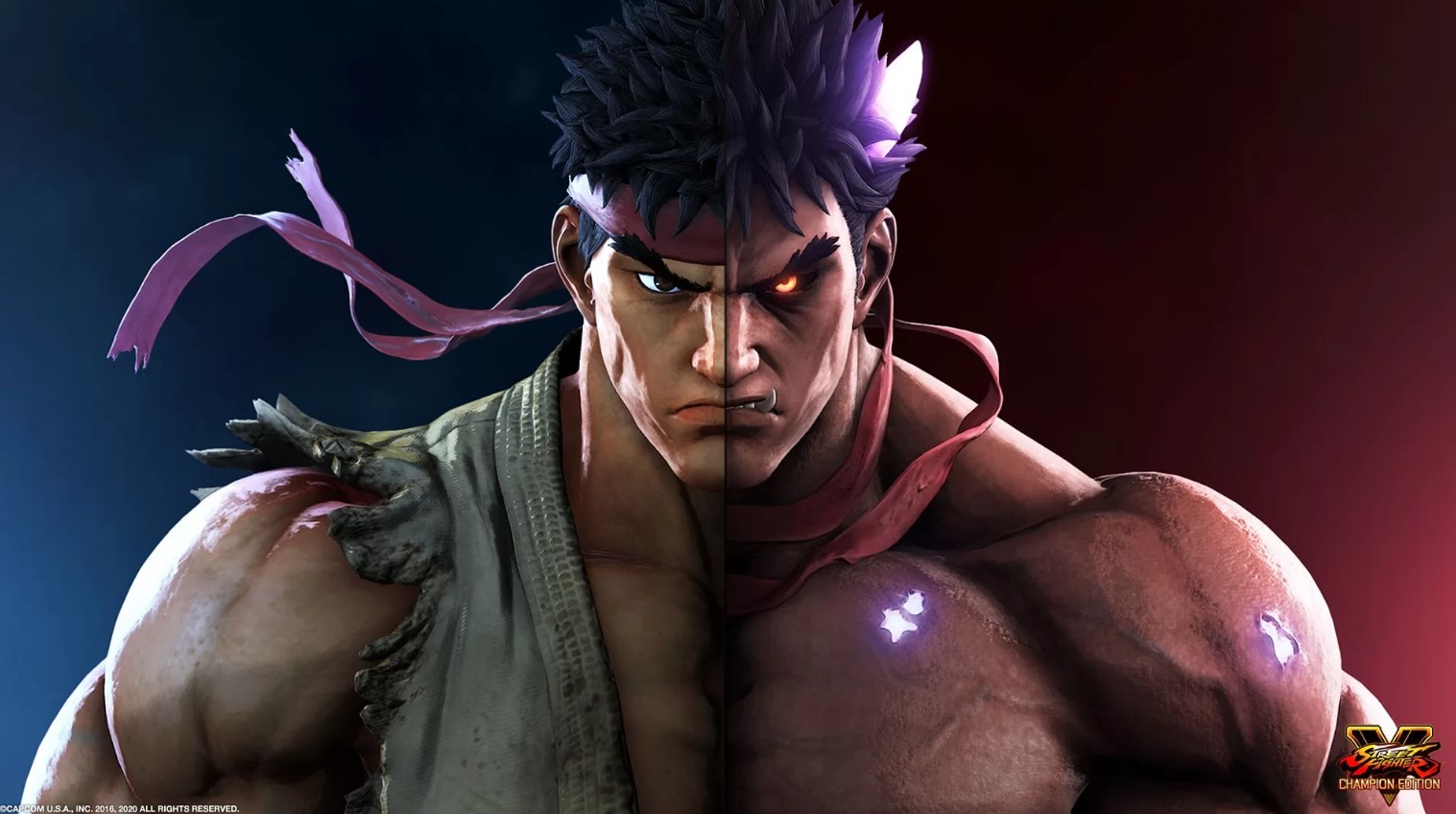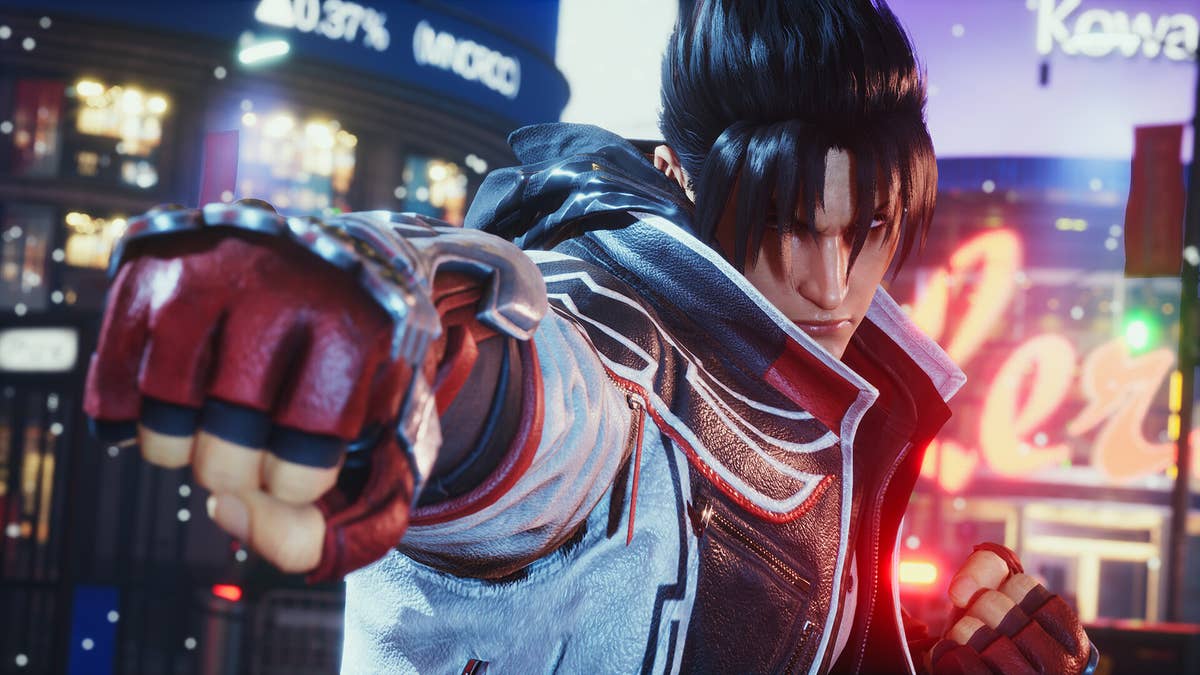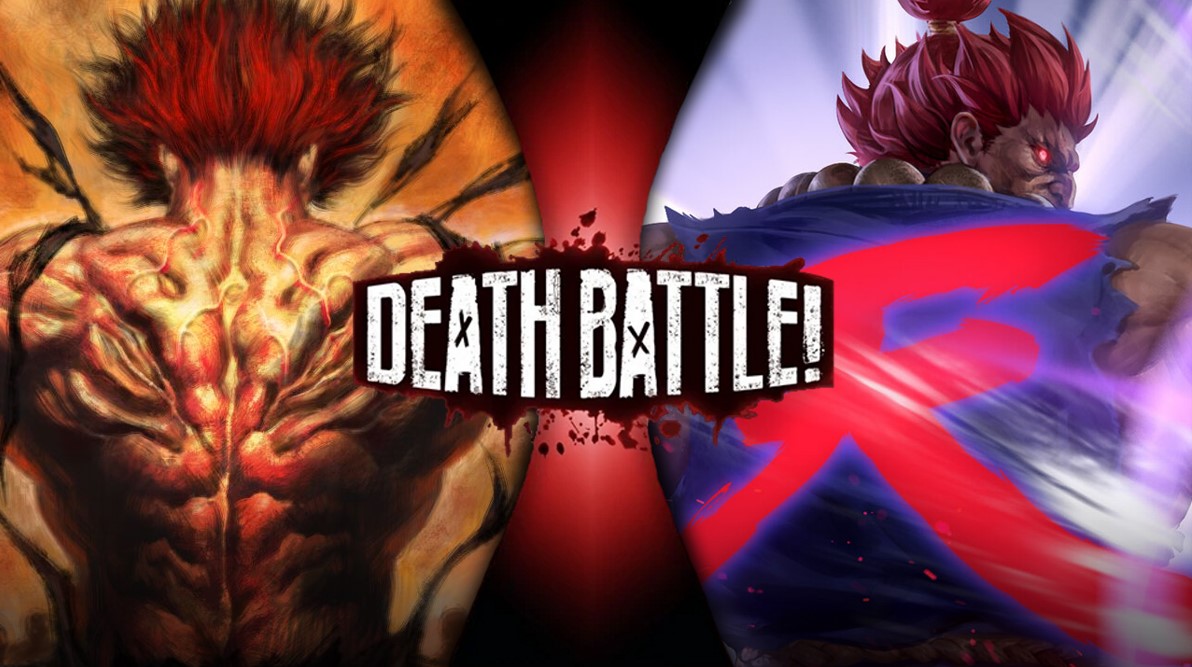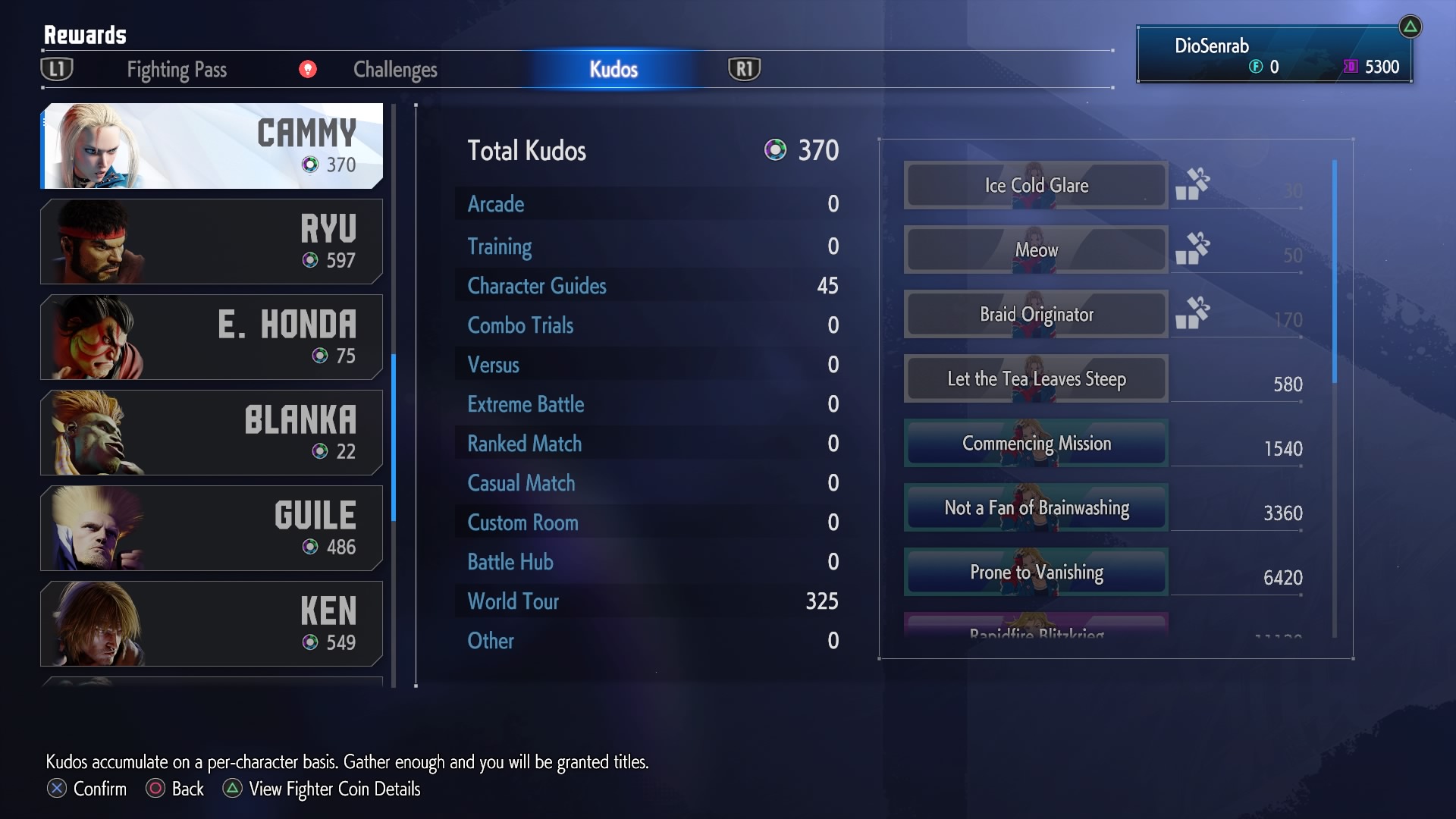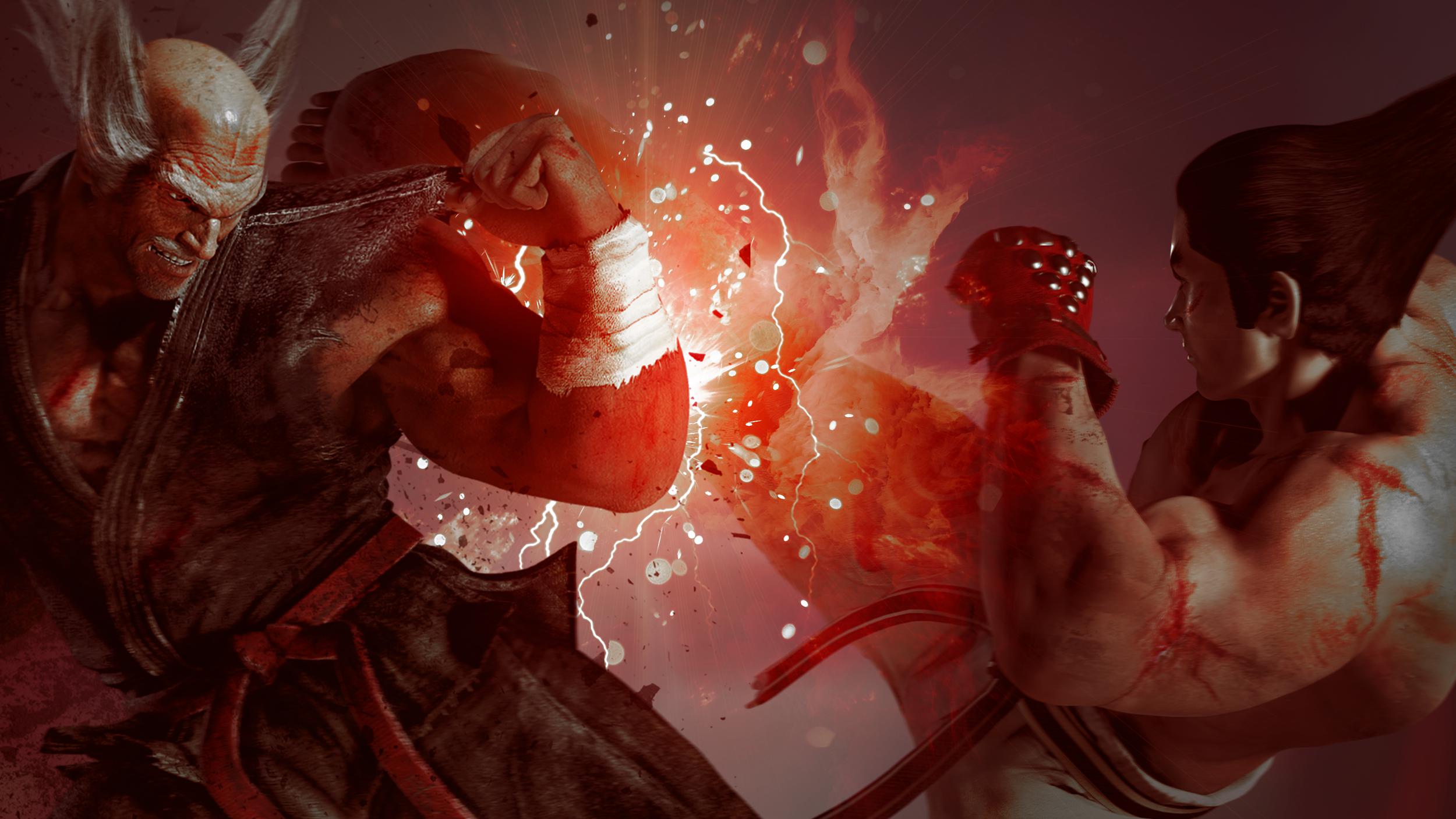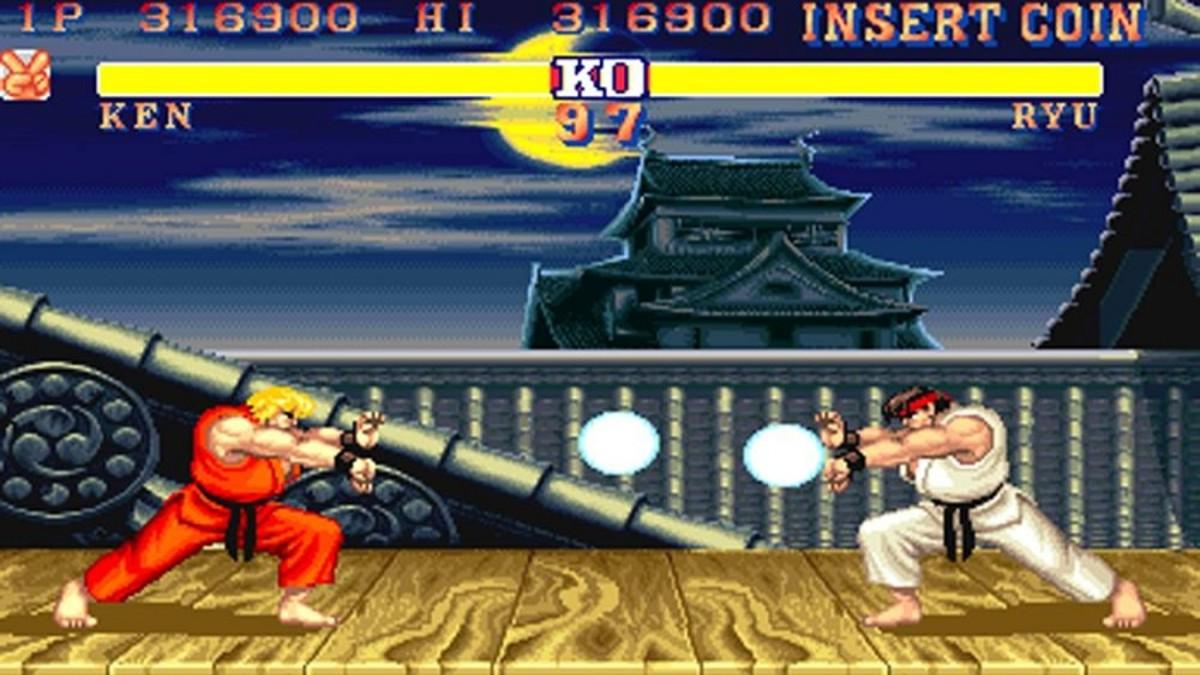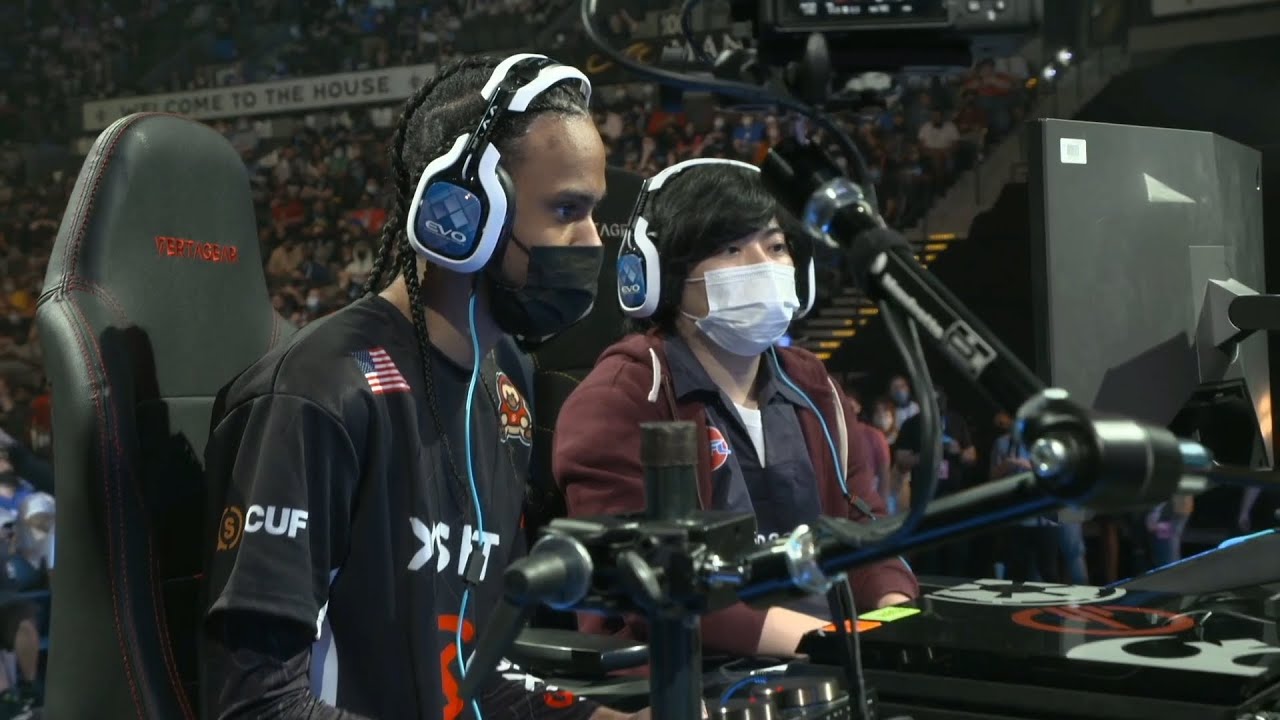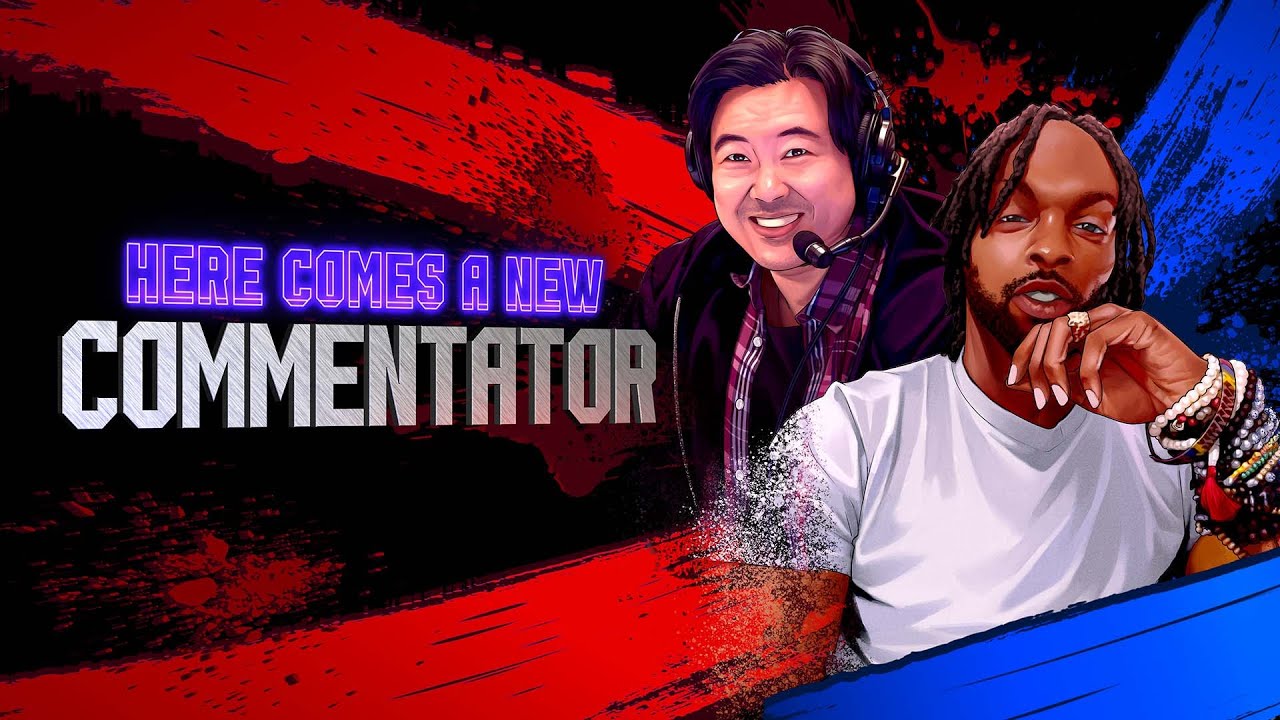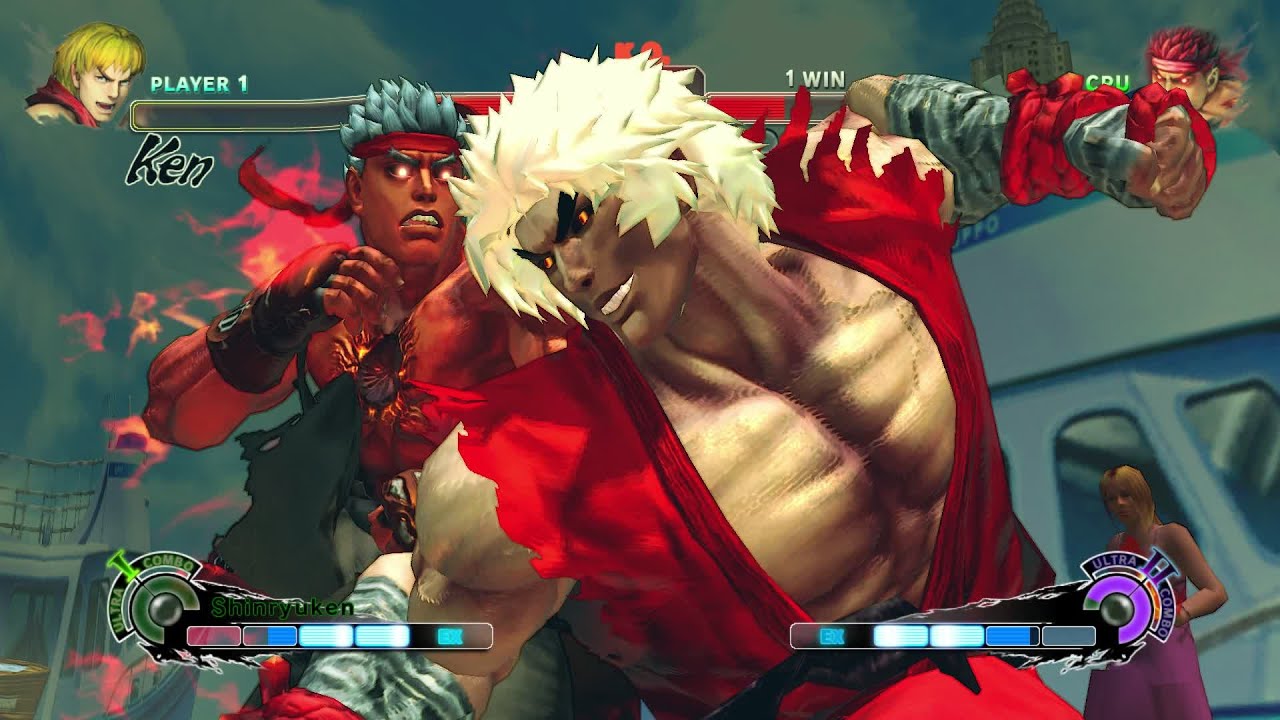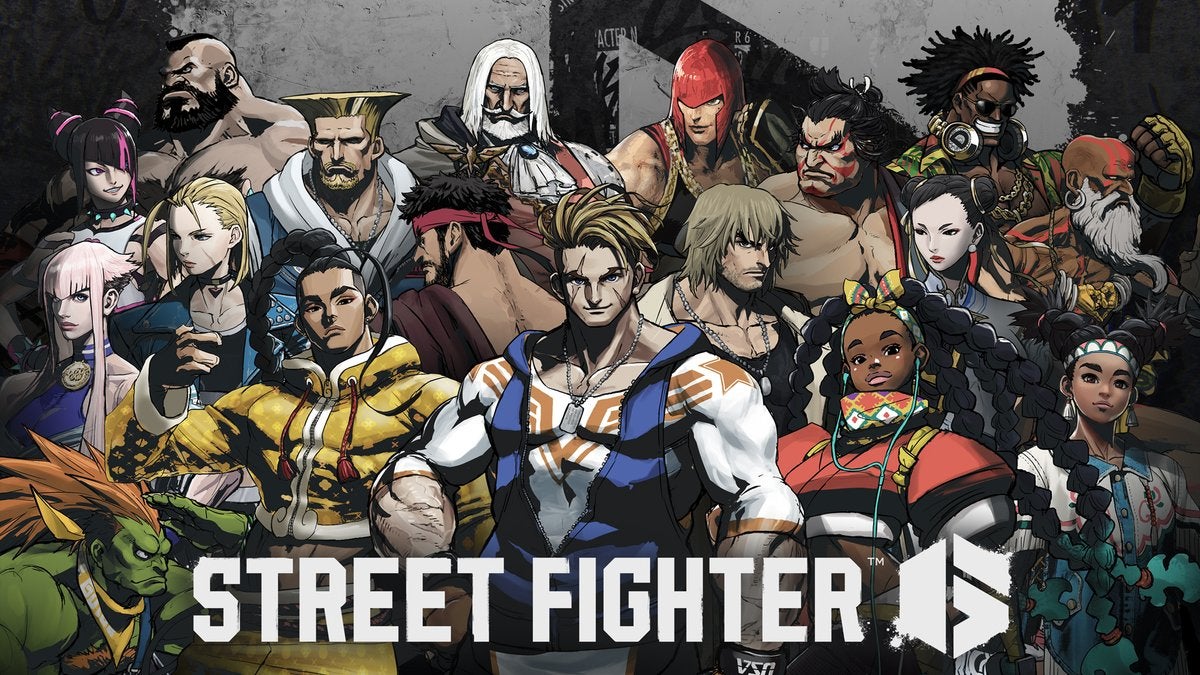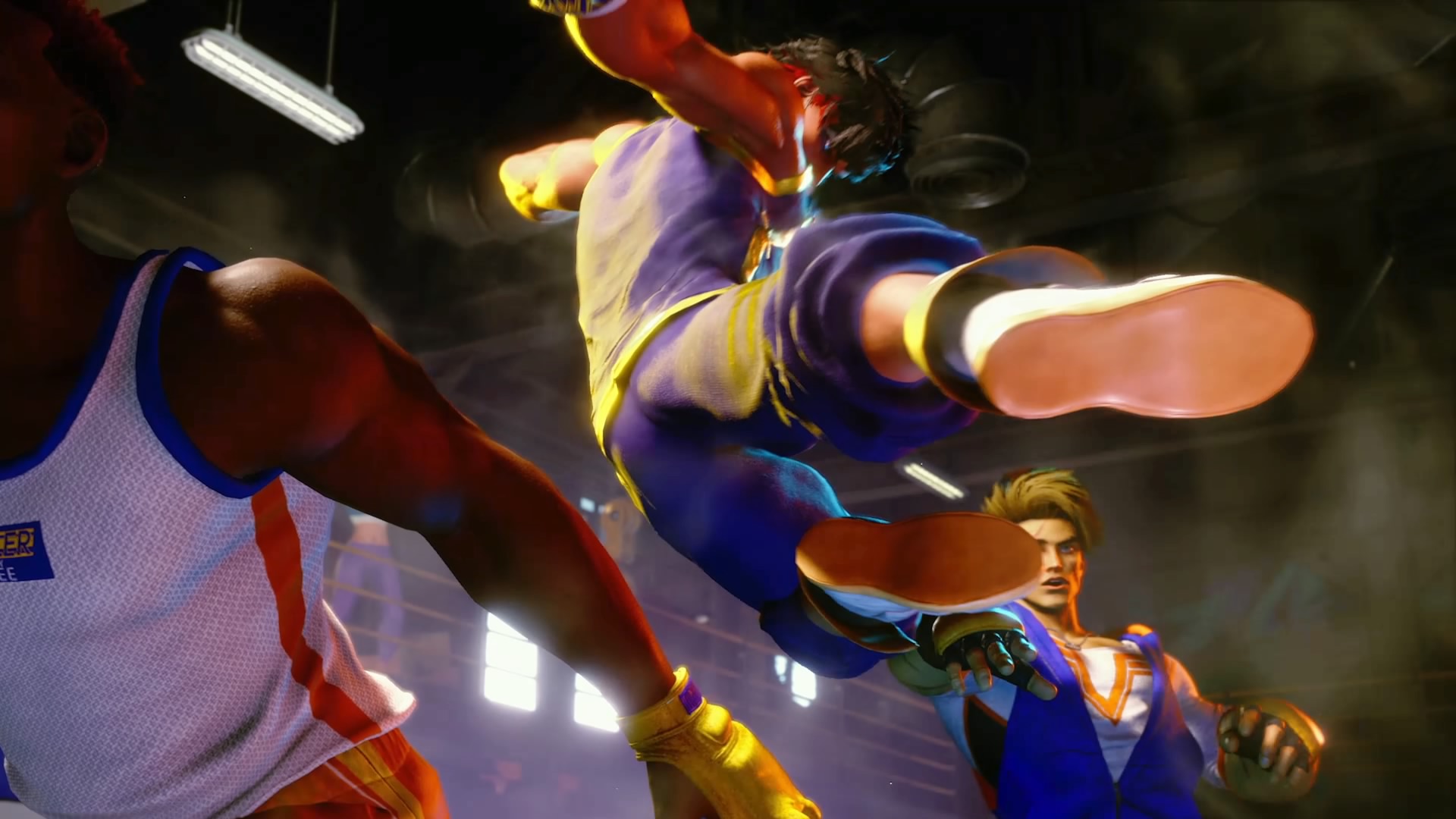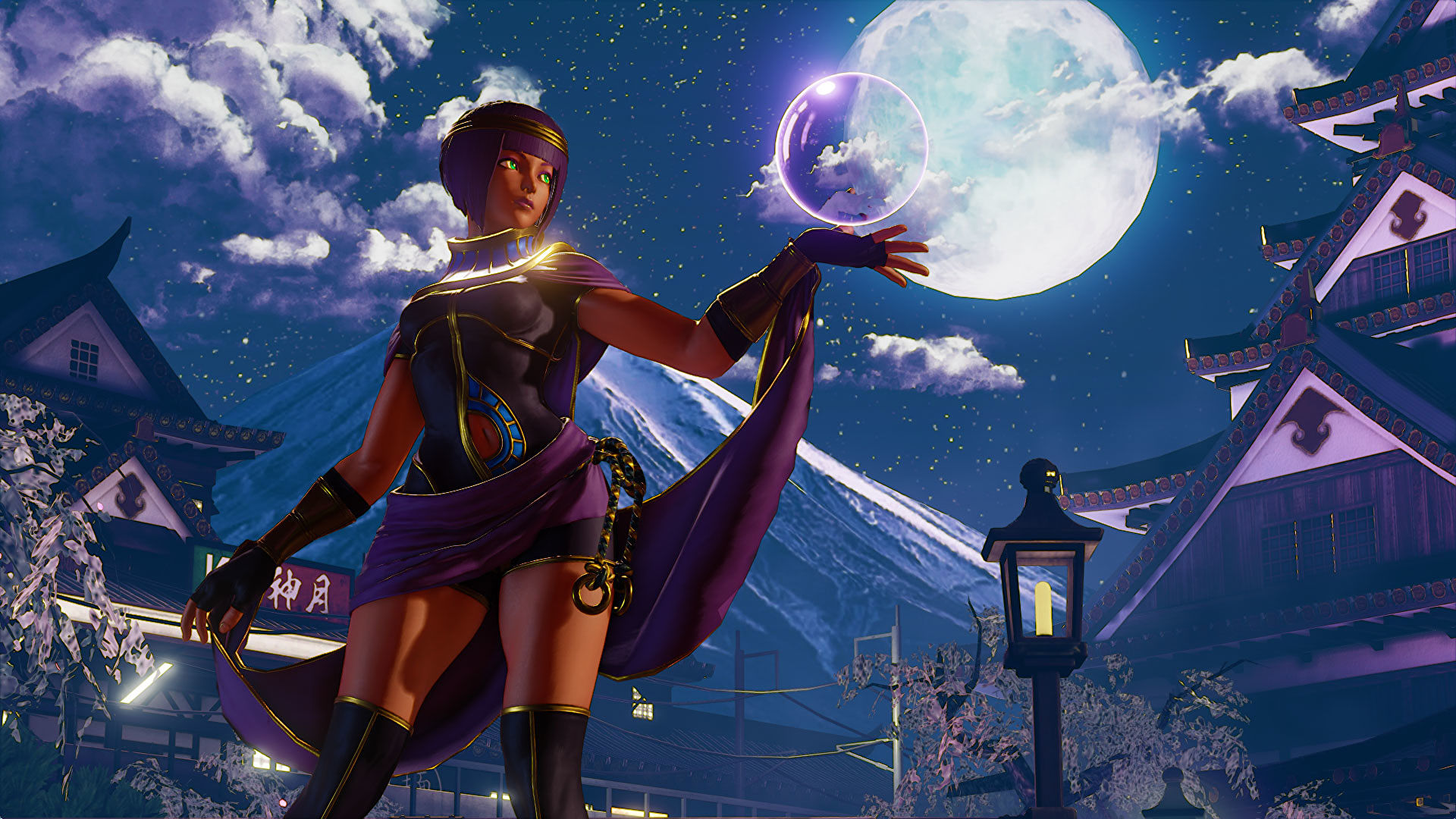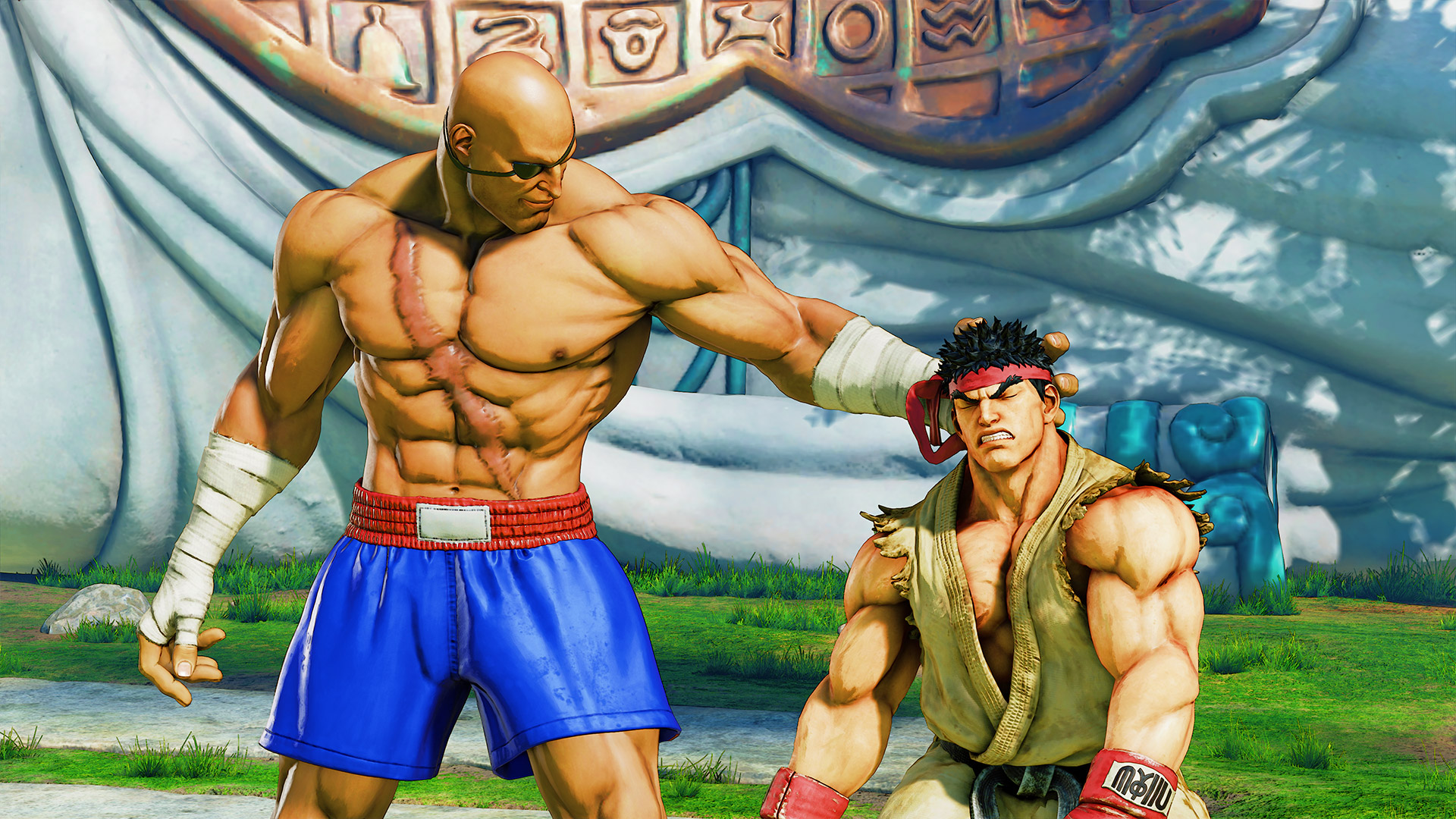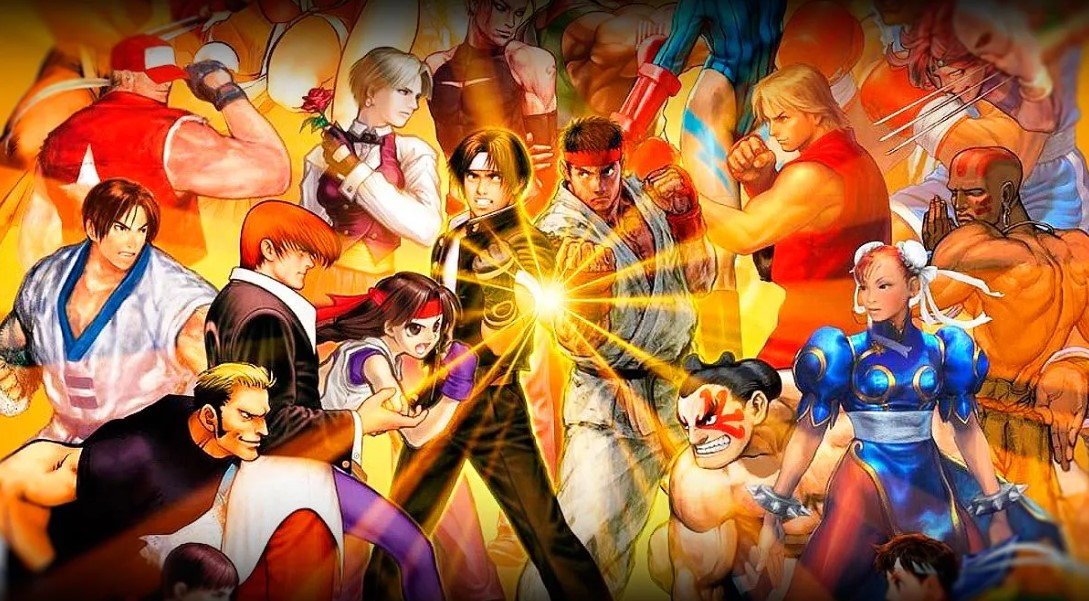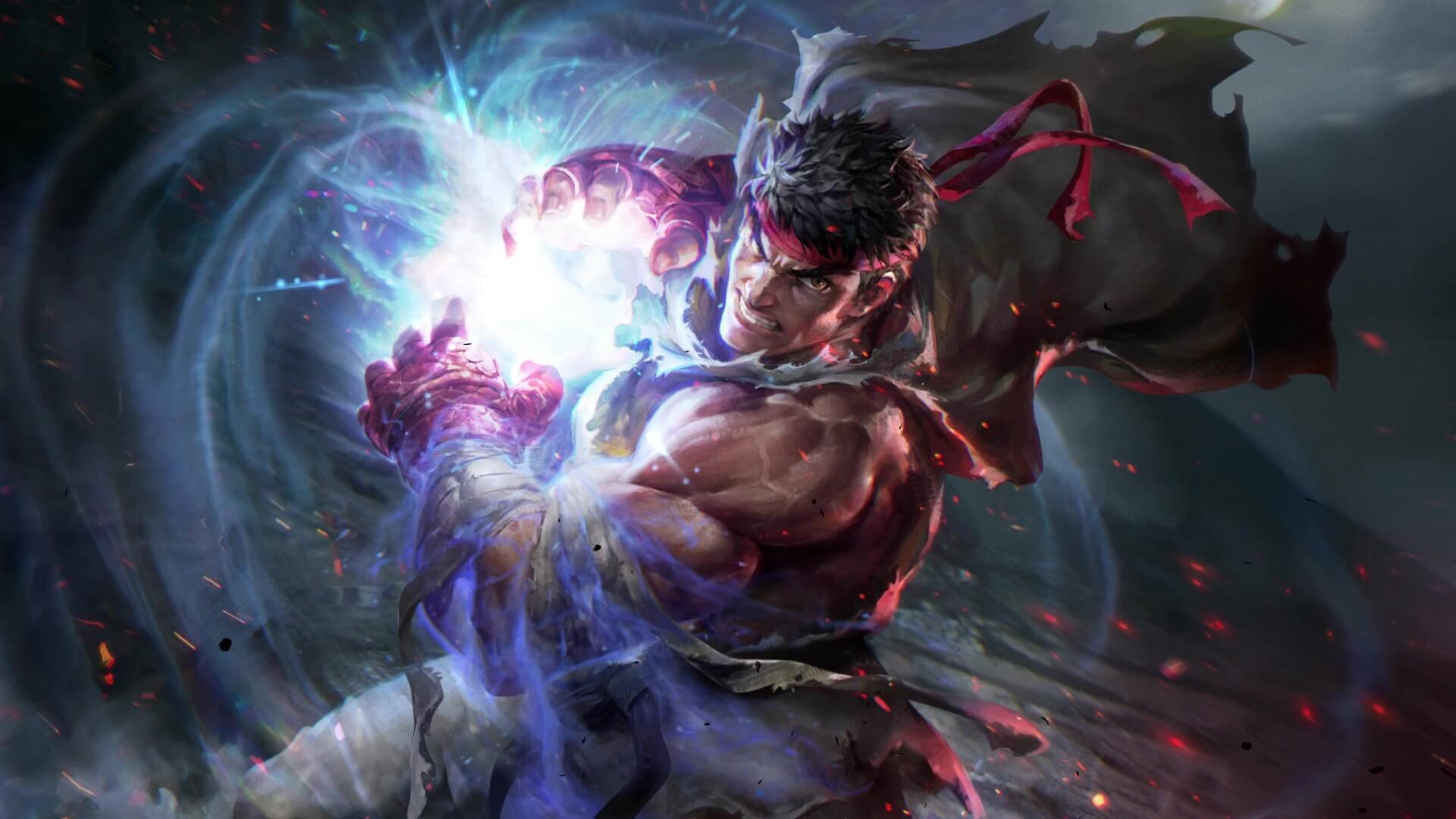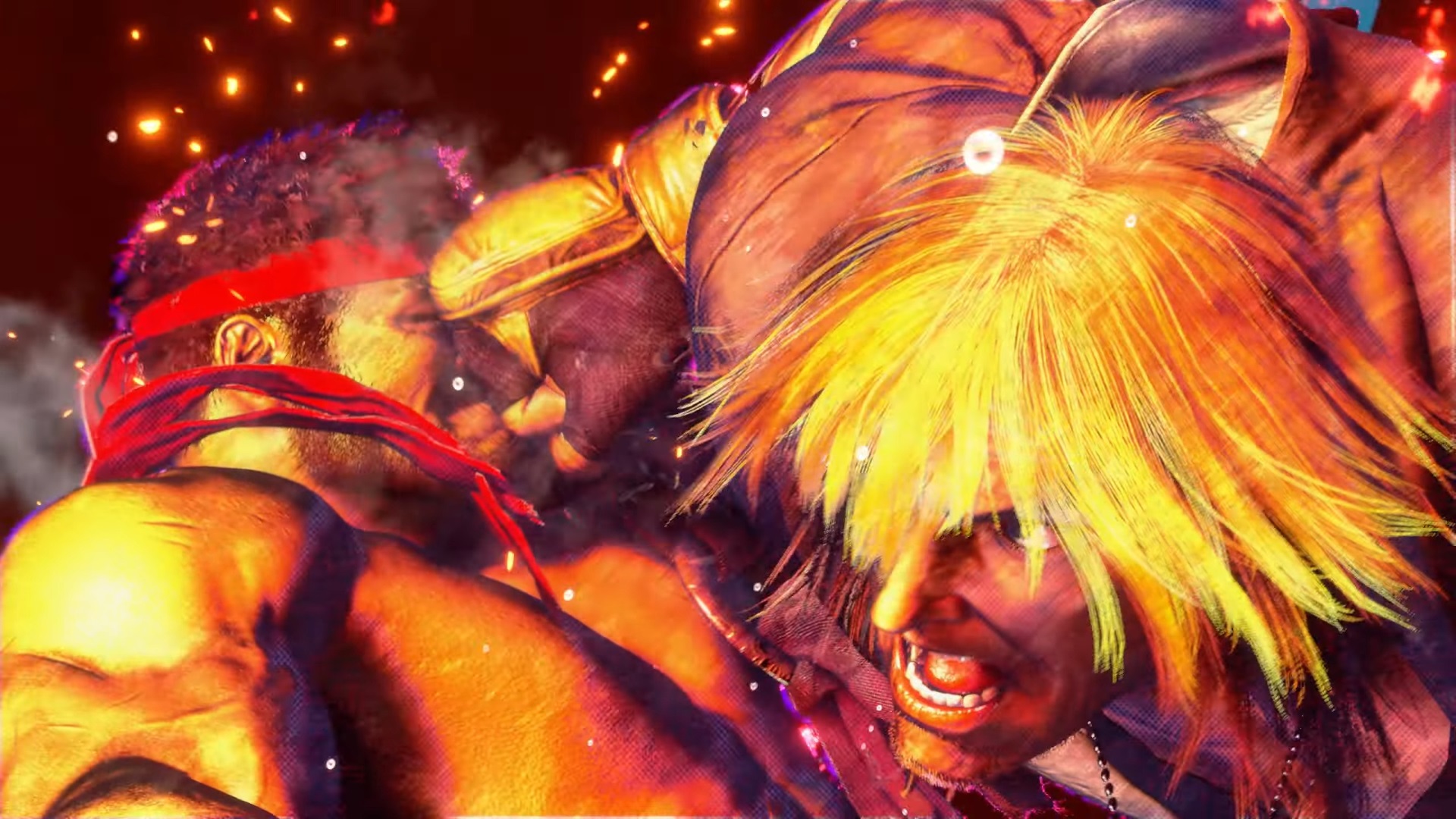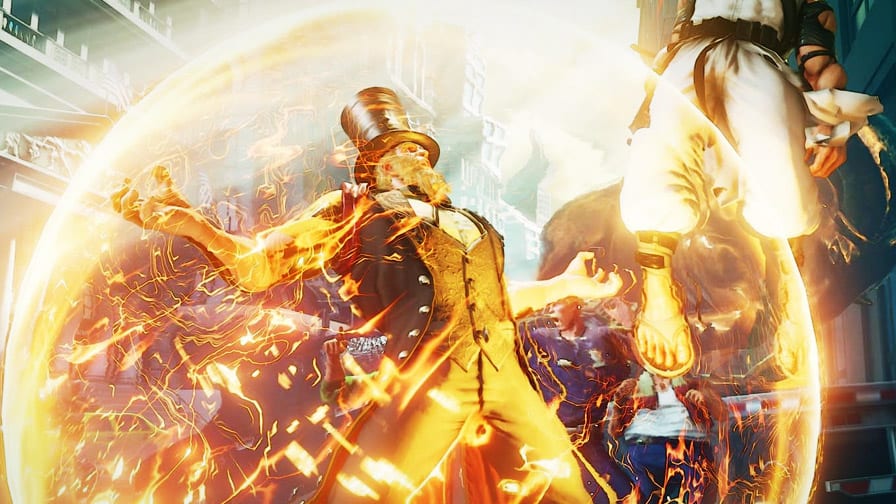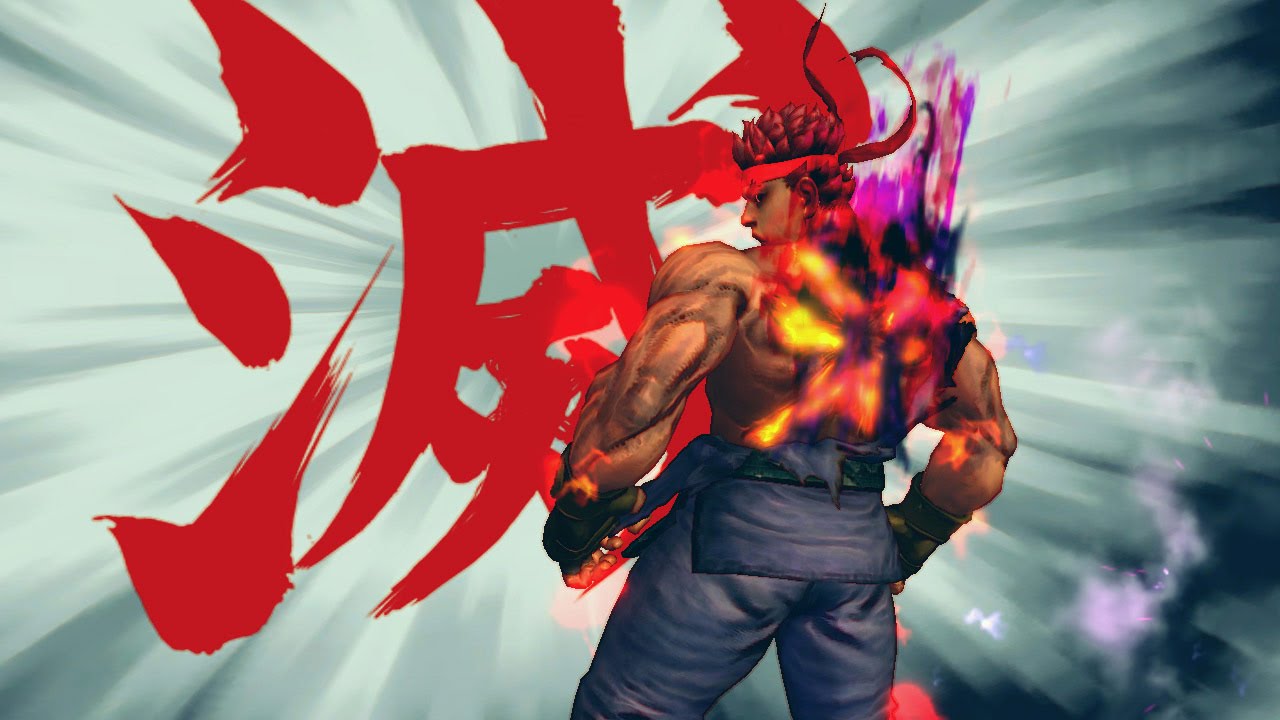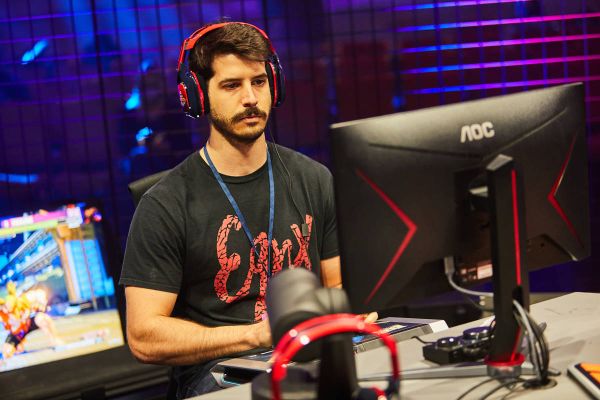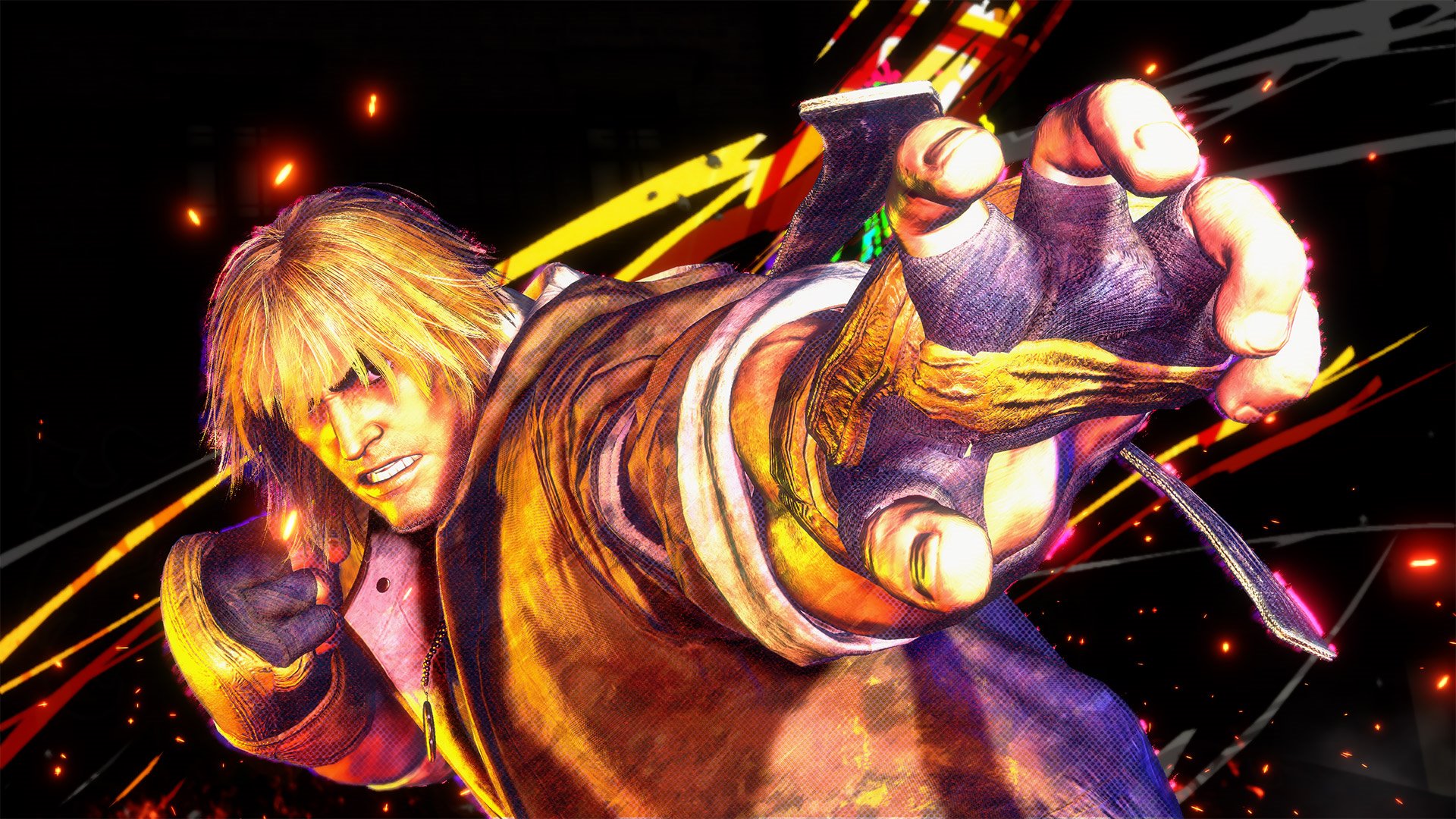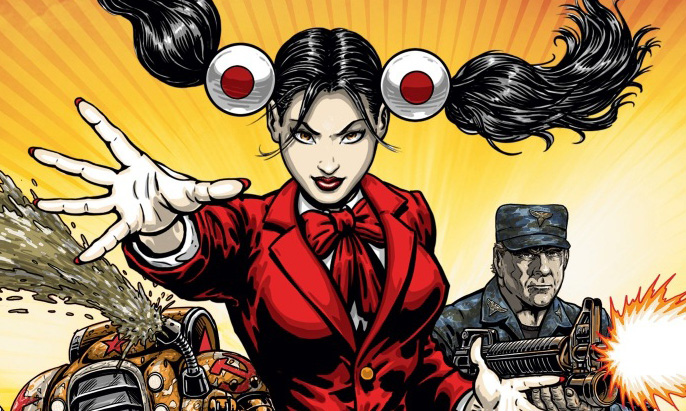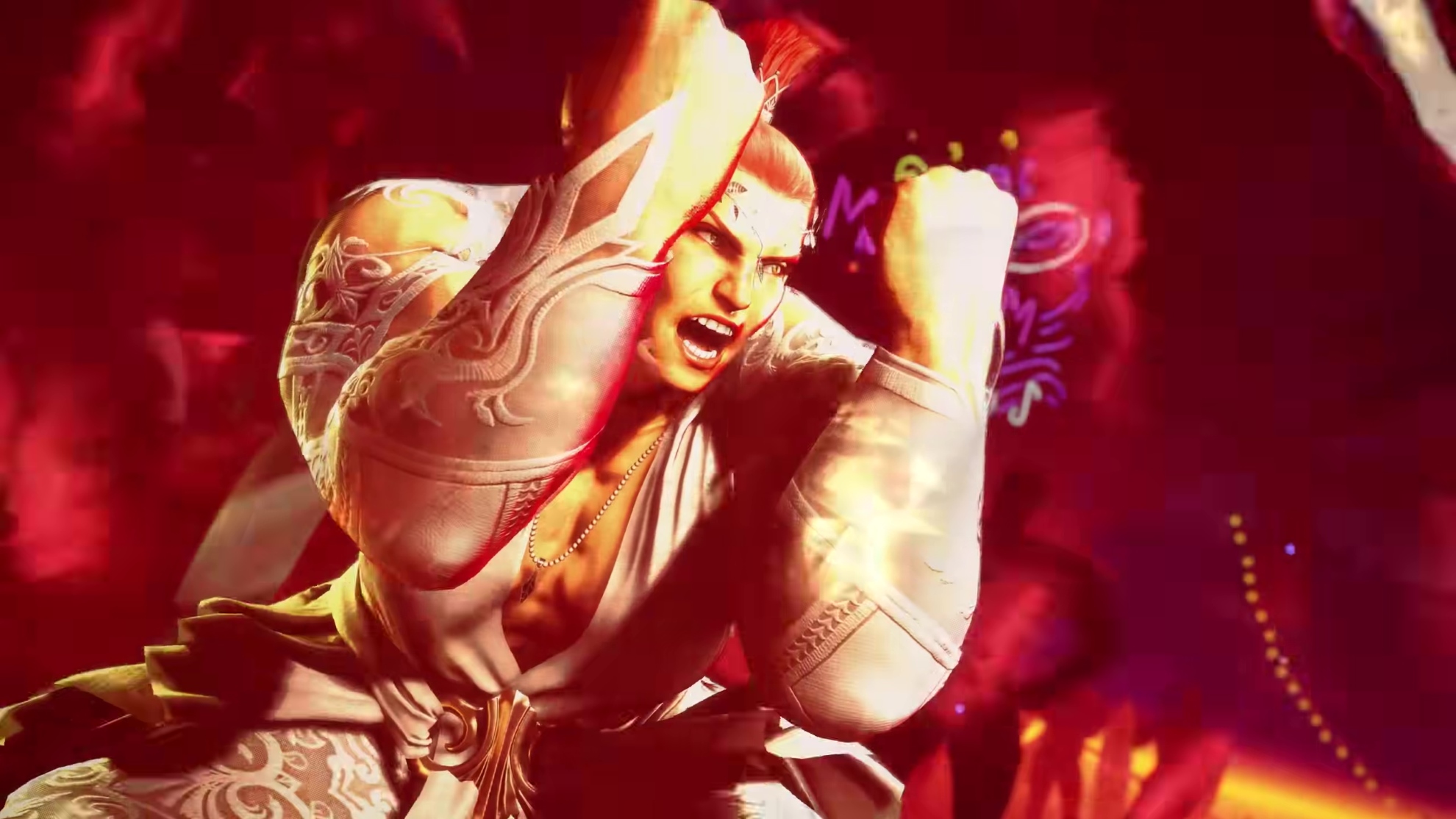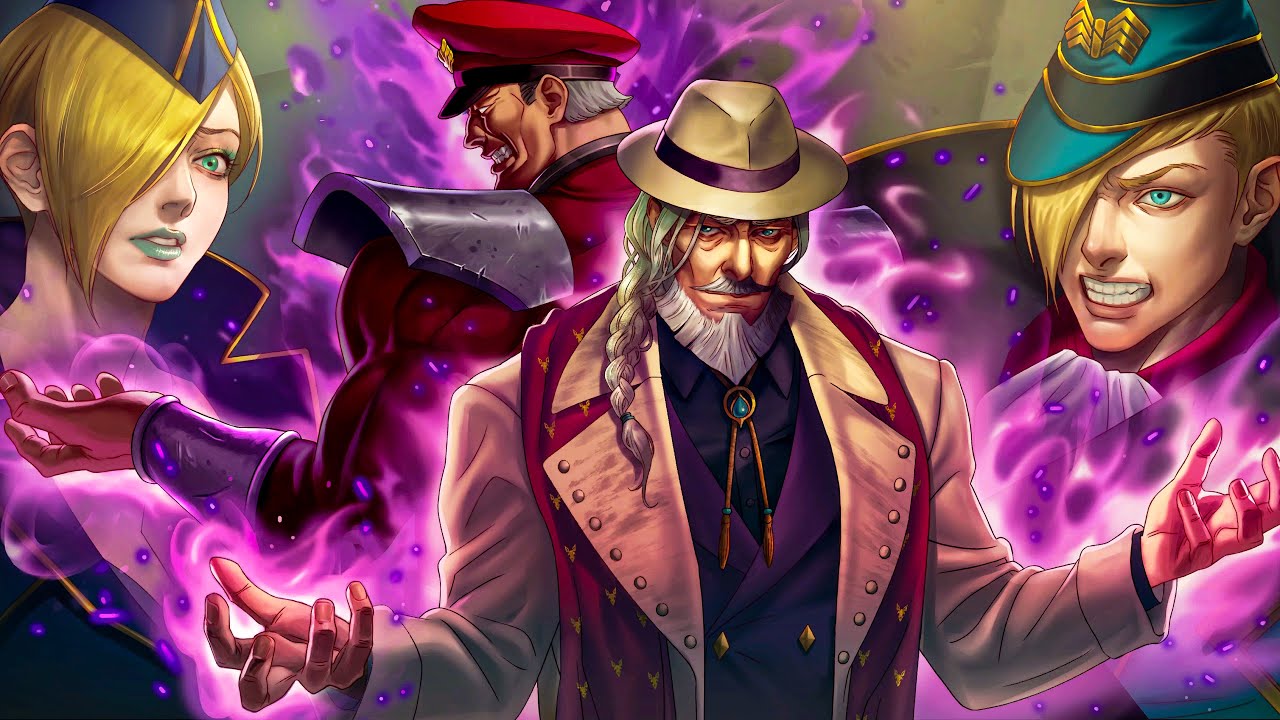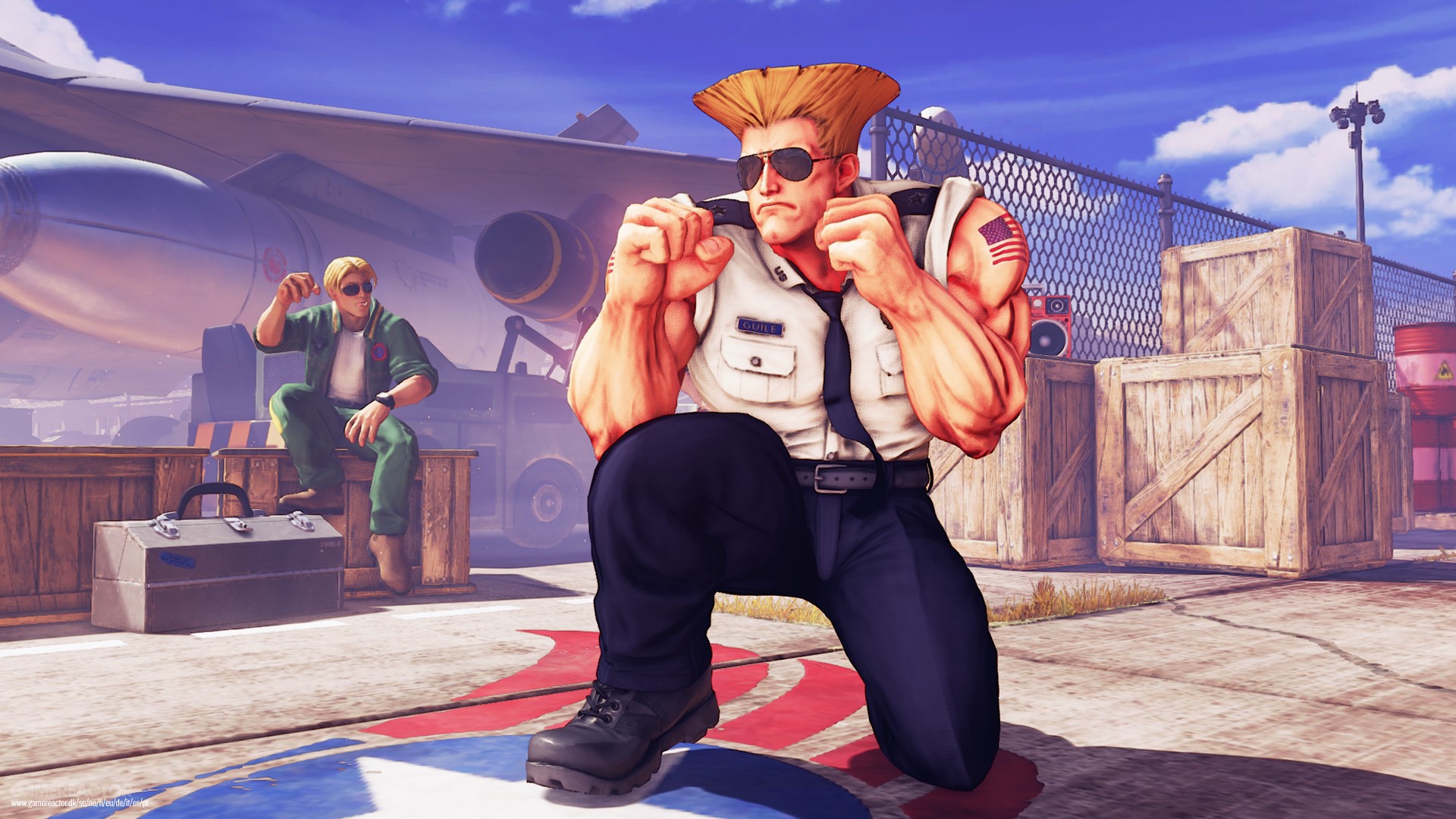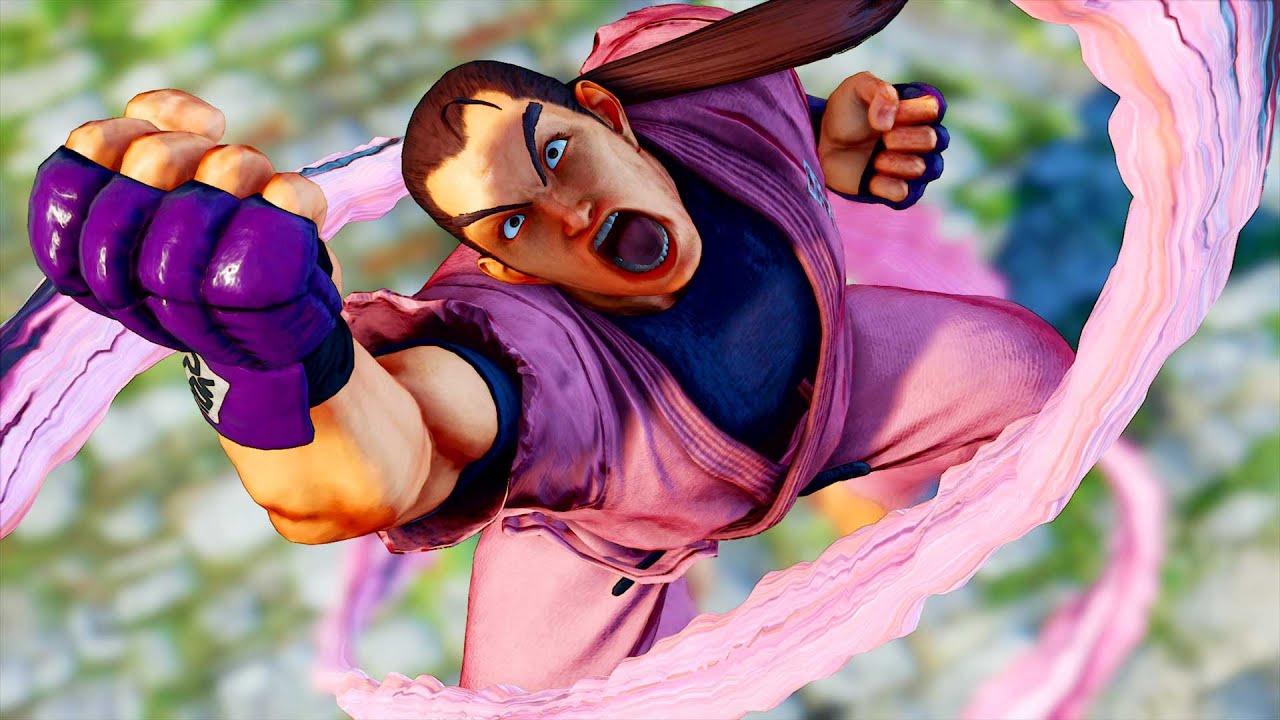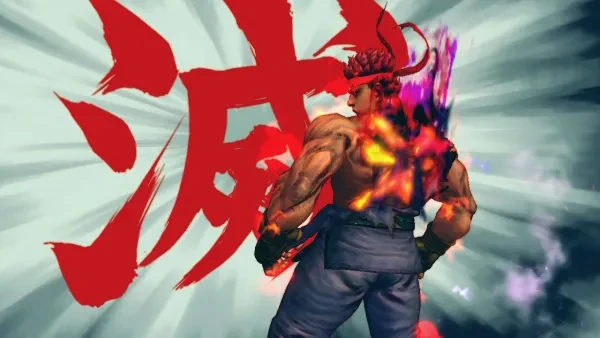
What are the differences between Ryu and Evil Ryu?
A protagonist having an “evil” version of himself has become a common trope within the fighting game genre, and the creation of Evil Ryu was the beginning of it all.
Evil Ryu is the version of Ryu after the latter succumbs to the Satsui no Hado, the dark energy that lies dormant with the Ansatsuken, the martial art Ryu practices. The version of the character initially made its debut in the manga Street Fighter Zero in 1996 and has since been featured in multiple games. But what are the differences between Ryu and Evil Ryu? Let’s find out!
10. Goals And Aspirations

Even though both Ryus seek to become stronger, their ambition in doing so has completely distinct roots.
Ryu is a wandering vagabond, seeking the world for new foes so he can become stronger in an honorable way, all the while learning balance and how to suppress his dark energies. In contrast, Evil Ryu fully embraces this dark energy and uses it to seek powerful opponents and attempt to destroy them in a vicious burst of violence.
9. Relationships
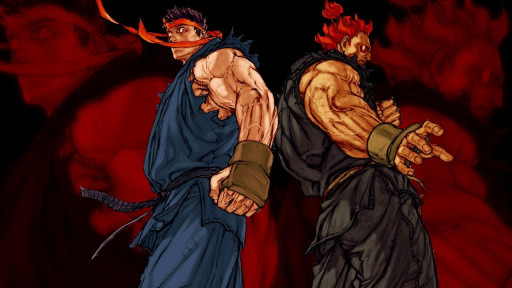
As the essential main character of the Street Fighter series, Ryu is known to have relationships with a great part of the cast. He respects Gouken as his mentor, loves Ken as his best friend and rival, learns from Dhalsim and Oro, and has many enemies and other rivals.
Evil Ryu doesn’t share these sorts of relationships with the cast. For starters, he barely speaks unless it’s to express how much he wants to kill and destroy, and secondly, he basically sees everyone as either a potential victim of his power or a powerful foe against whom he can test his might. He’s pretty much a sociopath.
8. Character Archetype

Both characters are shotos, meaning that they have a fireball, dragon punch, and a forward-moving kick, but Ryu is a traditional shoto, well-rounded, and a jack of all trades master of none.
Evil Ryu, on the other hand, is what is called a glass cannon, capable of dealing ridiculous amounts of damage while being exceptionally susceptible to taking big chunks of damage himself.
7. Appearance
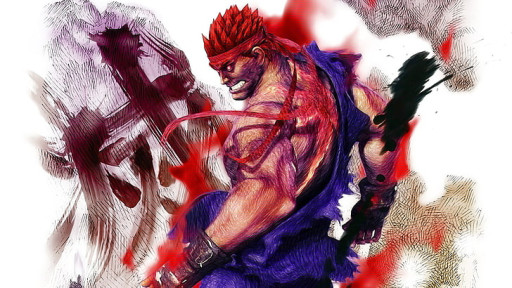
Even though the characters share most of their physical attributes, their appearance is still significantly different.
This was not so true in the first appearances of Evil Ryu, where he only seemed to wear a darker gi and have darker skin, but as time went by they became ever more distinct. In the latest Evil Ryu appearance, he is depicted with dark energy meaning from his body, wilder hair, hollow white eyes, torn clothes, and most notably, a huge hole in his chest.
6. Damage Output
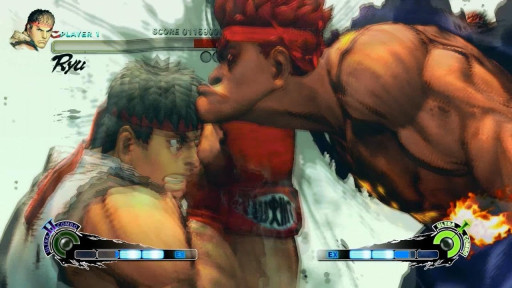
The damage output of both characters works in a very different way. Firstly, Ryu requires specific conditions to be able to pull out damaging combos, such as precise spacing and positioning on the stage. He also depends a lot on his Super and Ultra Combos to inflict big damage.
Evil Ryu doesn’t necessarily require any specific conditions for this. As a trade-off for his squishy nature, Evil Ryu is able to convert any neutral situation into absurd damage and stun. And we’re not even going to mention his unblockable Shun Goku Satsu.
5. Combos
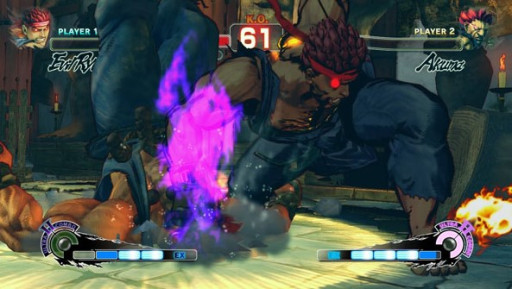
Ryu is a fundamentally balanced character, with straightforward combos that are more based on links between normal moves and that take advantage of the range of his Hadoken variations.
On the other end, his other half has broken combos which often require strict-timing cancellations and the incorporation of multiple special moves in the same combo. Evil Ryu has way flashier, longer, and more damaging combos than base-form Ryu.
4. Game Plan

Regarding the gameplan, Ryu is a character that relies a lot upon footsies and space control, contrasting with a character like Akuma, who is more focused on using different tools to deal with obstacles and find ways to get his offense and pressure going.
Evil Ryu is a mix of both, using solid footsies in neutral and quickly converting into big damage to end rounds quickly with a multitude of tools.
3. Morals

Ryu is an honorable warrior, seeking self-improvement, valuing his relationship with others, willing to grow with each fight, and pursuing fulfillment in the heart of battle.
In contrast, Evil Ryu is obsessed with proving himself to be more powerful than everyone, showing psychopathic traits, a lack of respect for others, and a murderous intent toward every warrior he encounters.
2. Moveset
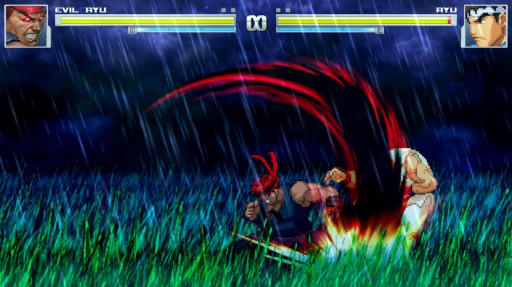
They both have a Hadoken, Shoryuken, and Tatsumaki, and they do share a lot of normal moves. However, Evil Ryu also shares some of his movelist with Akuma, including a dive kick, a version of the Shakunetsu Hadoken, the Demon Teleport, and even the Raging Demon.
The most unique move which Evil Ryu has is the Ryusokyaku, his infamous axe kick that is a great pressure tool as well as an outstanding combo extender, that goes hand-to-hand with Evil Ryu’s identity as a character.
1. Difficulty
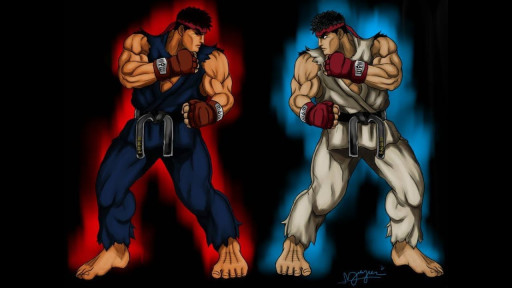
Mastering each of these characters is not the same type of work at all. Ryu is a rather simplistic character and the backbone of pretty much all the remaining characters in the game. He focuses on footsies and controlling distance with his Hadoken, and his combos are fairly easy.
His dark side is a completely different story. Often considered one of the most technical characters there is, Evil Ryu requires hours of training to master, as his array of tools for different scenarios and the precision and variety of his combos are on a completely different level.
Devil Jin, Devil Kazuya, Rasetsumaru, and Revenant Liu Kang are some examples of the “evil version” trope in fighting games, but none of them are as iconic and paradoxical as Ryu and Evil Ryu.
Unlike some of the aforementioned characters, Ryu is a truly good person at his core, making his “evil” version much more shocking and contrasting.
Hopefully, this list helped you understand what separates one character from the other, especially in Street Fighter IV, where they’re most differentiated.
You May Also Be Interested In:

